Pacific Standard Time: LA/LA
Video Art in Latin America
09.07 / 12.17.17
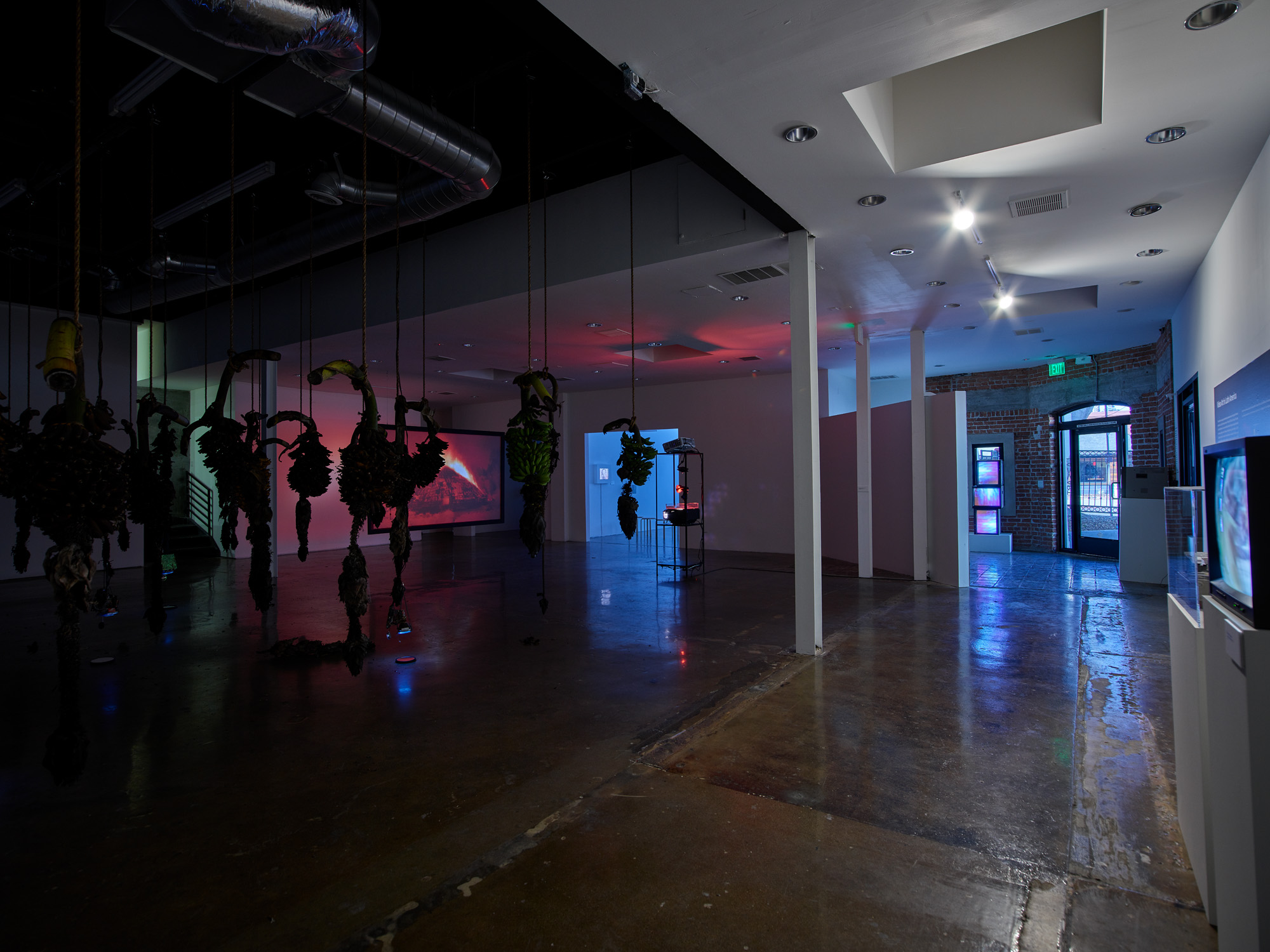
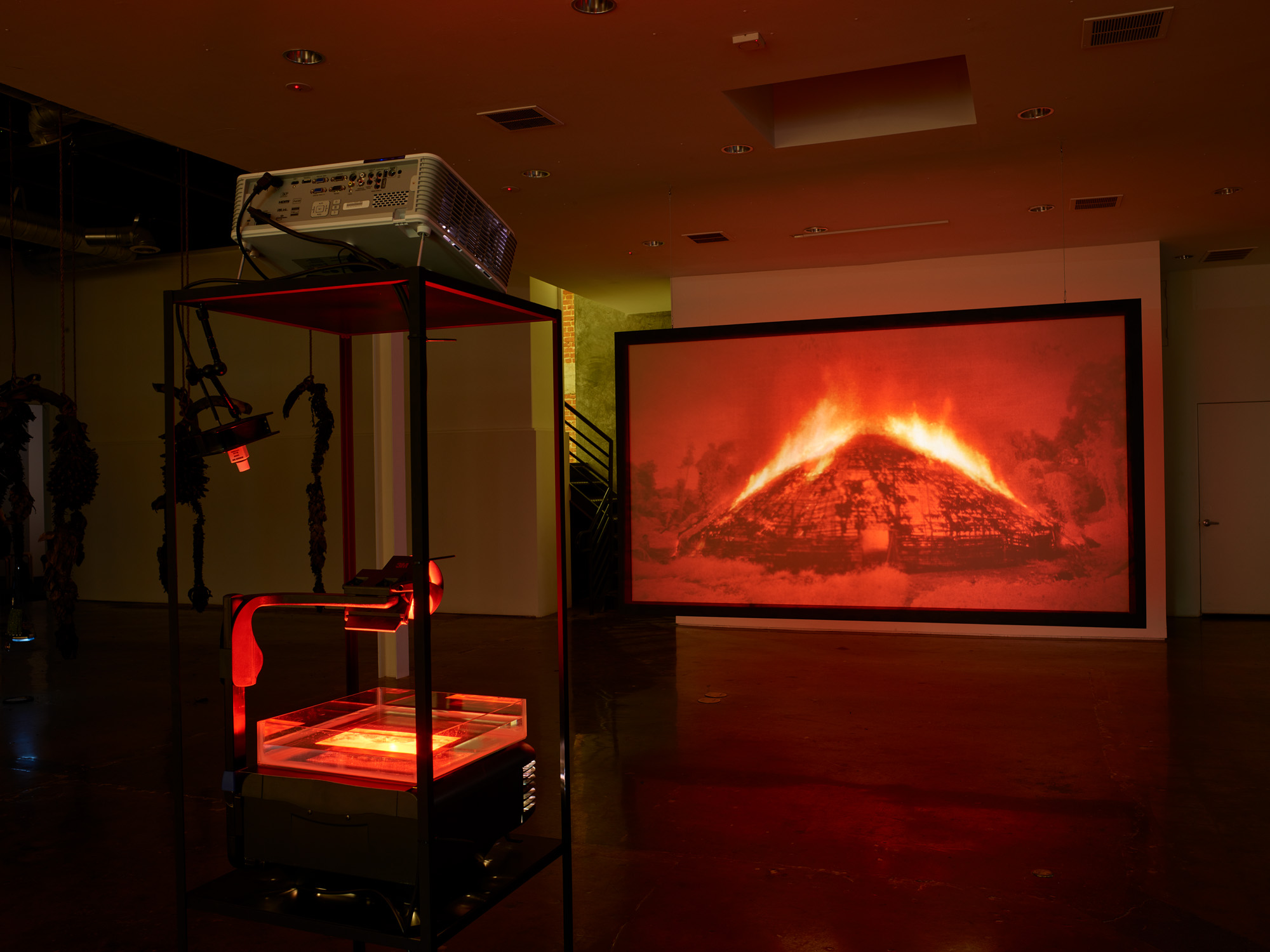
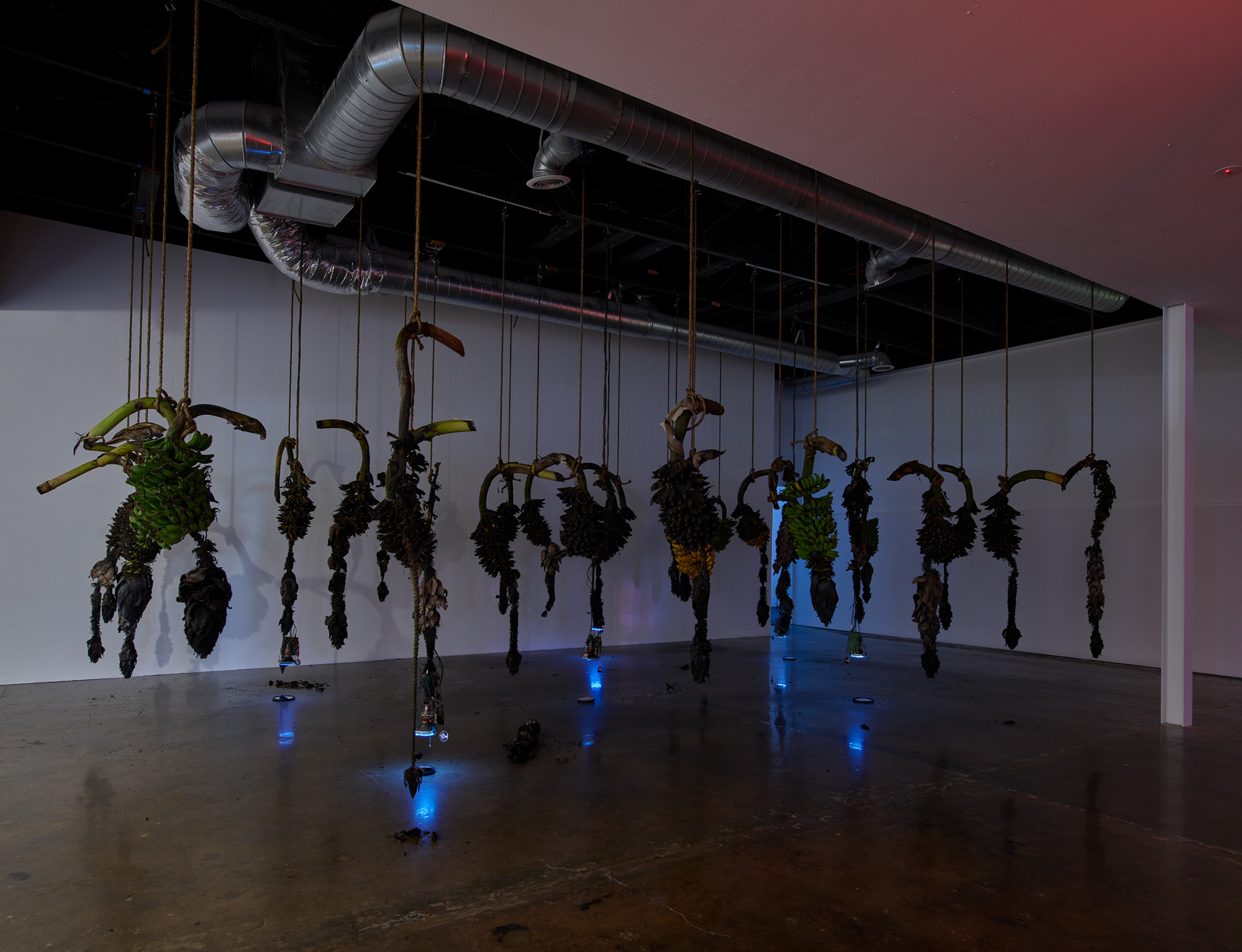
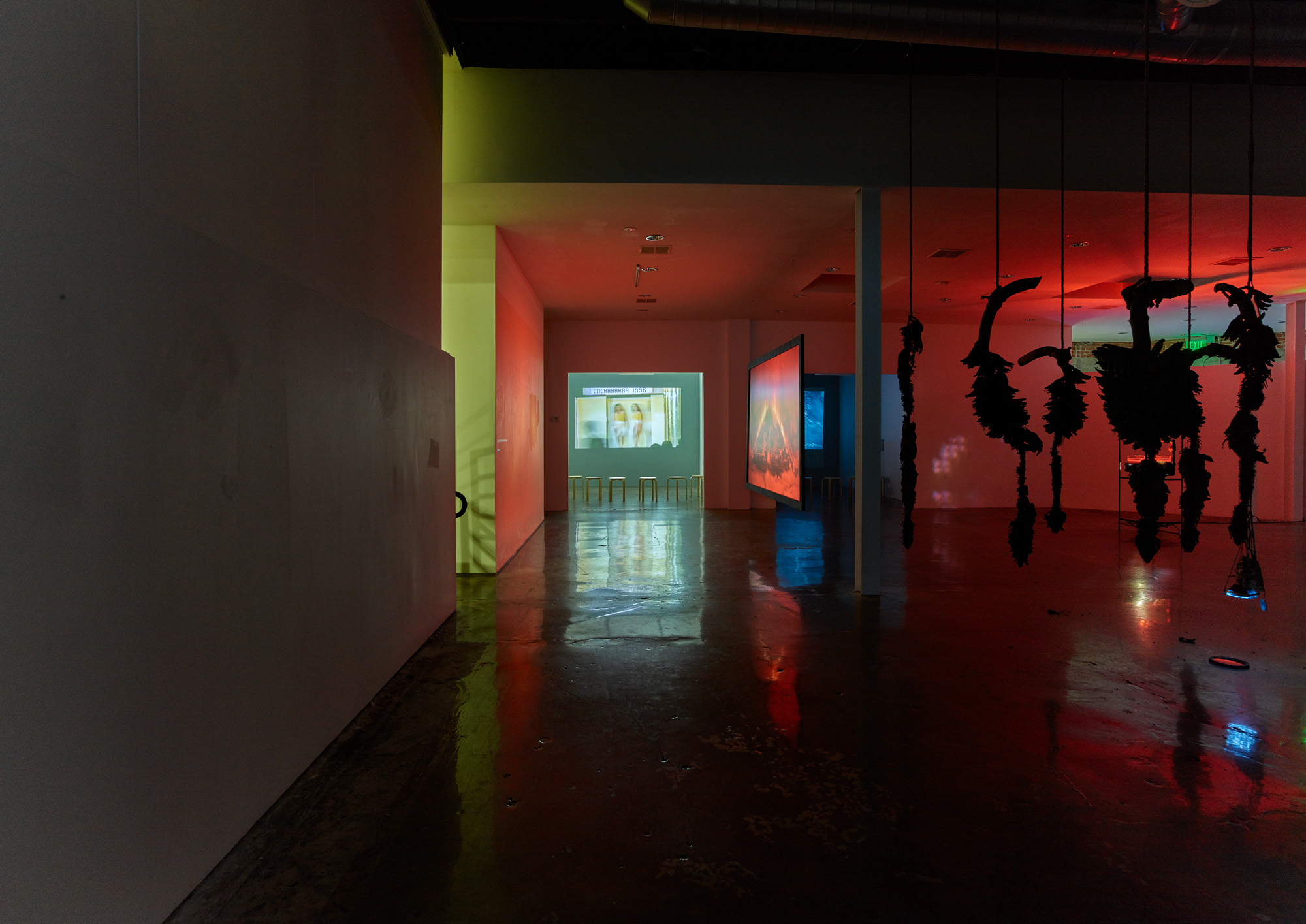

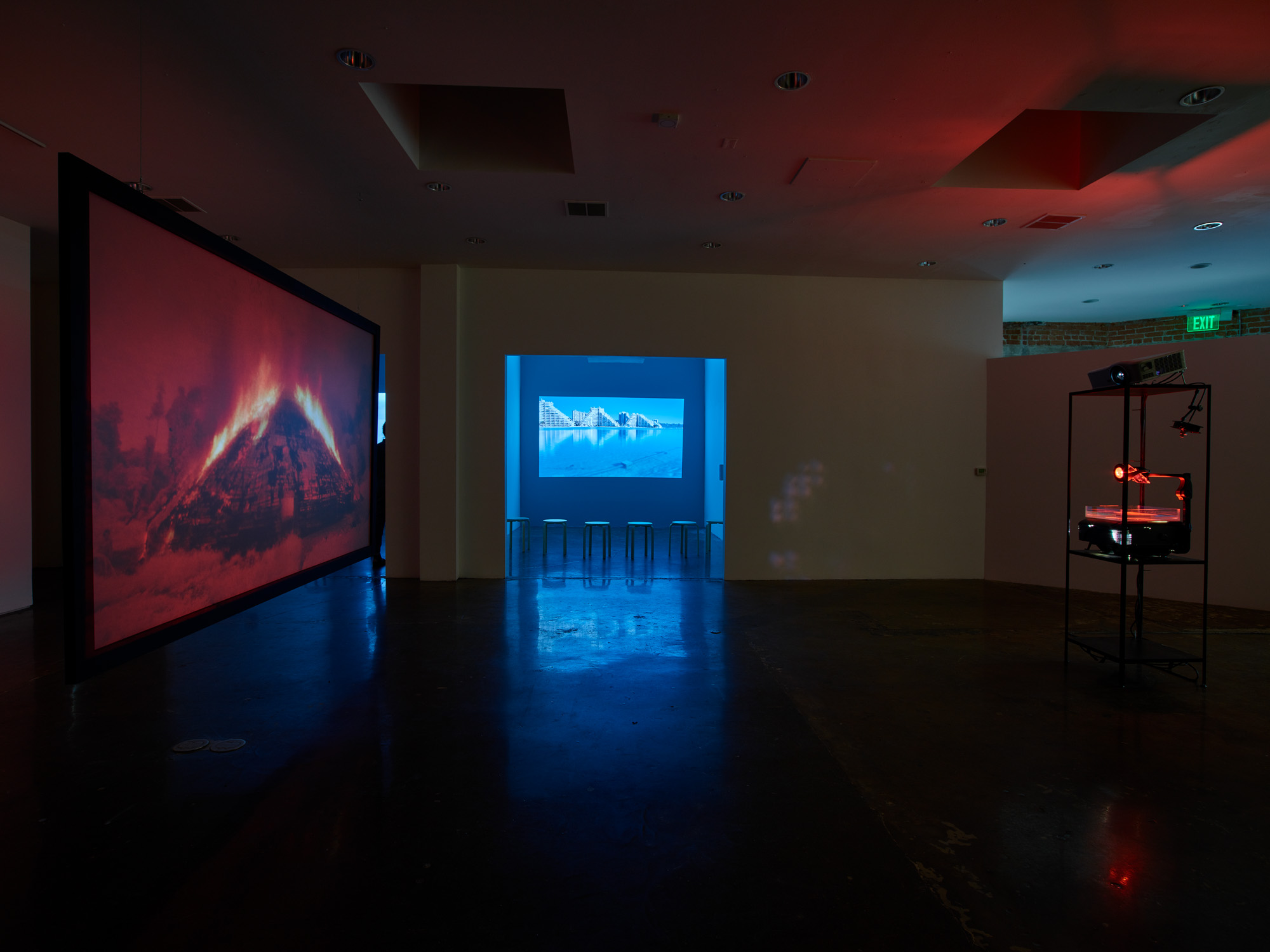
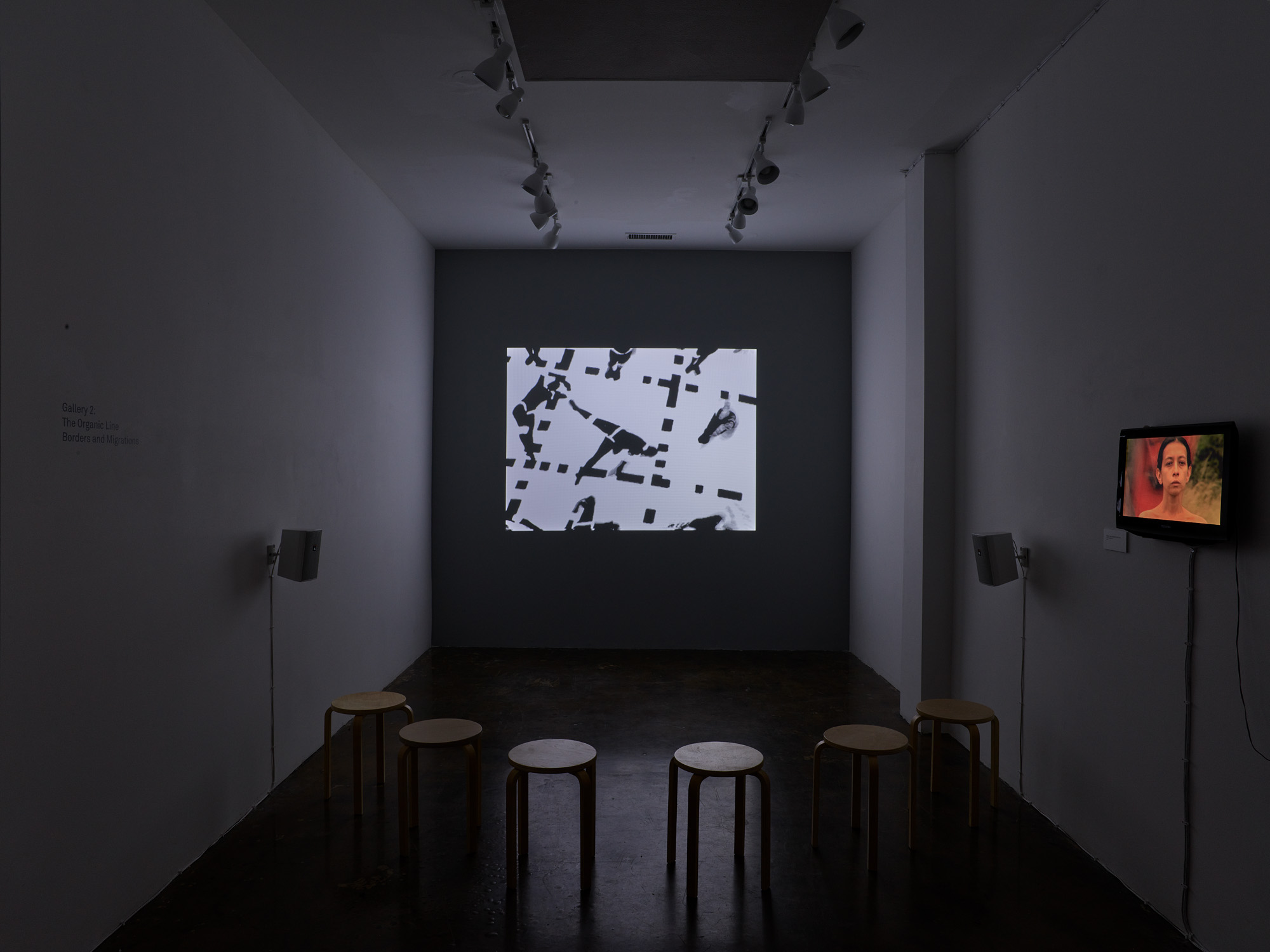
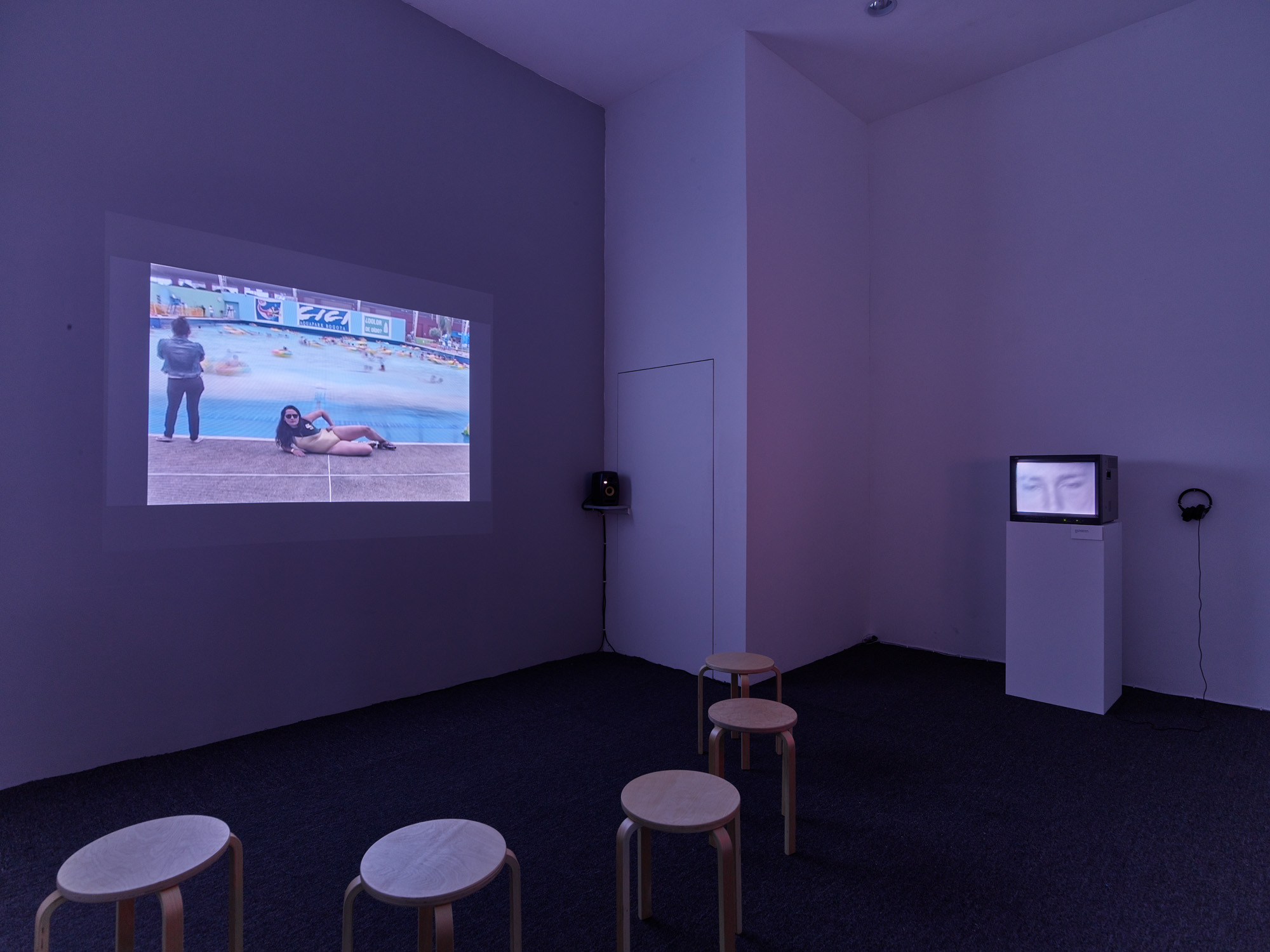
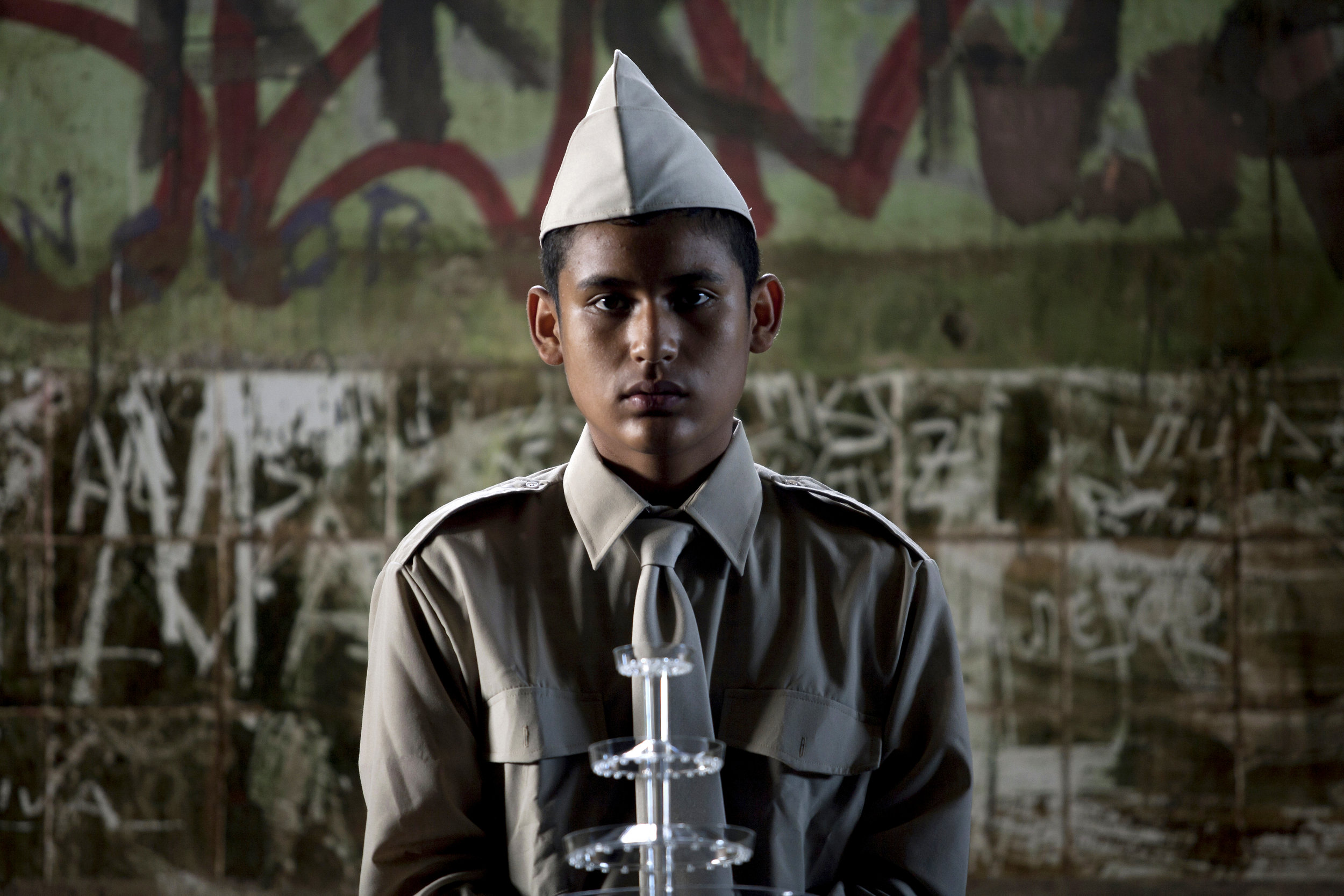
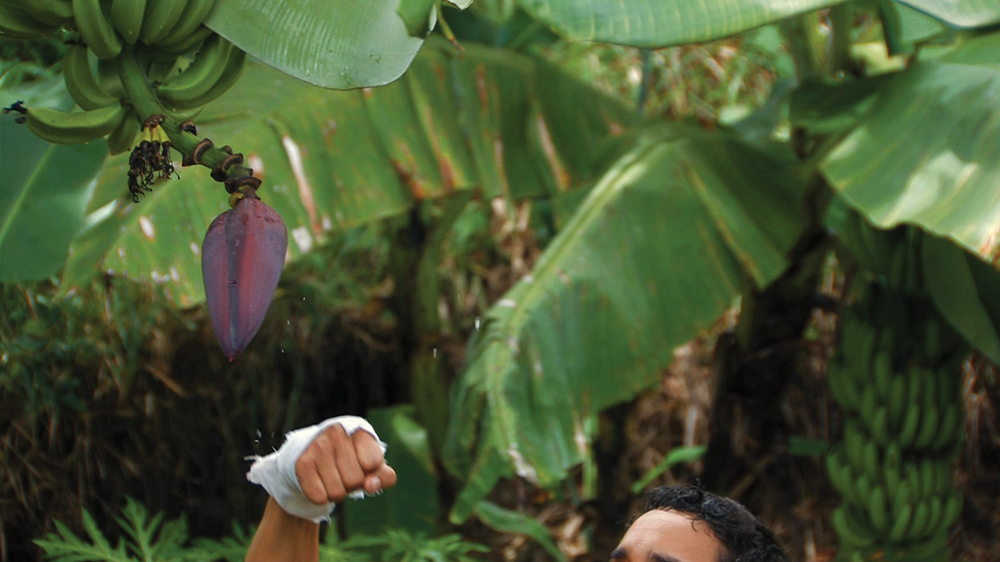
Historical Survey
More than 60 works of video art from Latin America, many never before seen in the U.S., will be presented in a landmark exhibition at LAXART from September 17 through December 16, 2017 as part of the Getty’s city-wide art initiative Pacific Standard Time: LA/LA. Organized by LAXART in collaboration with the Getty Research Institute (GRI), Video Art in Latin America surveys groundbreaking achievements and important thematic tendencies in Latin American video art from the 1960s until today.
“We have worked with hundreds of artists, curators, and scholars in more than a dozen countries to trace historical narratives of the field,” said Glenn Phillips, head of modern and contemporary collections at the Getty Research Institute and co-curator of the exhibition. “Very few museum and research collections in the United States contain video work from Latin America. Through this exhibition and our ongoing research, we seek not only to expose audiences to an important medium of artistic expression from Latin America, but also to provide resources and access for future research and scholarship.”
The exhibition is part of an ongoing Getty Research Institute research project undertaken by the exhibition curators Glenn Phillips (GRI) and Elena Shtromberg (University of Utah) on projects related to video art in Latin America since 2004. Since 2013, Shtromberg and Phillips have been conducting extensive research in Latin America, visiting with artists, curators, and scholars and organizing several major public screenings.
The emergence of video art in Latin America is marked by staggered and multiple points of development across more than a dozen artistic centers over a period of more than 25 years. The earliest experiments with video in Latin America began in Argentina and Brazil in the 60s and 70s, respectively. In the late 1970s artists in Colombia, Mexico, and Puerto Rico began to use video. Artists in Chile, Cuba, and Uruguay took up the medium in the 1980s and the 1990s and 2000s saw video art movements emerging in Ecuador, Guatemala, and Costa Rica.
“In the latter part of the 20th century, early portable video equipment, in particular the Portapak, represented a decentralized media outlet for voicing opposition. At this time, video artists positioned the body as the site of expression in traumatic political contexts,” said co- curator Elena Shtromberg. “Contemporary video artists in Latin America are continuing to pursue social themes, exploring ideas about gender, ethnic, and racial identity as well as the consequences of social inequality, ecological disasters and global violence.”
At LAXART, in Hollywood, visitors will encounter several immersive video art installations in the center of the exhibition space as well as three galleries featuring single channel videos arranged in six thematic programs which include: The Organic Line; Defiant Bodies; States of Crisis; Economies of Labor; Borders and Migrations; Memory and Forgetting. An important feature of the exhibition is a specially curated library adjacent to the gallery spaces. This publicly accessible library will function as a Video in Latin American Art study room featuring dozens of books on the subject, including many books that are out-of-print or otherwise hard to find in the U.S.
Opening September 15, 2017, Pacific Standard Time: LA/LA is a far-reaching and ambitious exploration of Latin American and Latino art in dialogue with Los Angeles. Led by the Getty, Pacific Standard Time: LA/LA is the latest collaborative effort from arts institution across Southern California, featuring more than 70 exhibitions exploring wide-ranging aspects of Latin American and Latino arts and culture.
The Getty Research Institute is an operating program of the J. Paul Getty Trust. It serves education in the broadest sense by increasing knowledge and understanding about art and its history through advanced research. The Research Institute provides intellectual leadership through its research, exhibition, and publication programs and provides service to a wide range of scholars worldwide through residencies, fellowships, online resources, and a Research Library. Additional information is available at www.getty.edu.
Related Programming
12.03.17 / 2pm
States of Crisis
Join curators Glenn Phillips and Elena Shtromberg for a special screening of States of Crisis, one of the six thematic video programs featured in the exhibition Pacific Standard Time LA/LA: Video Art in Latin America at LAXART.
12.09.17 / 3:30pm
DO OUTRO LADO DO RIO
Following the walkthrough, LAXART will present a special screening of the documentary Do Outro Lado do Rio (Across the River) (2004, 88 minutes) by artist Lucas Bambozzi, whose video Oiapoque-L’Oyapock (1998, 10 mins) in the Borders and Migrations program is a prequel to this feature length film.


